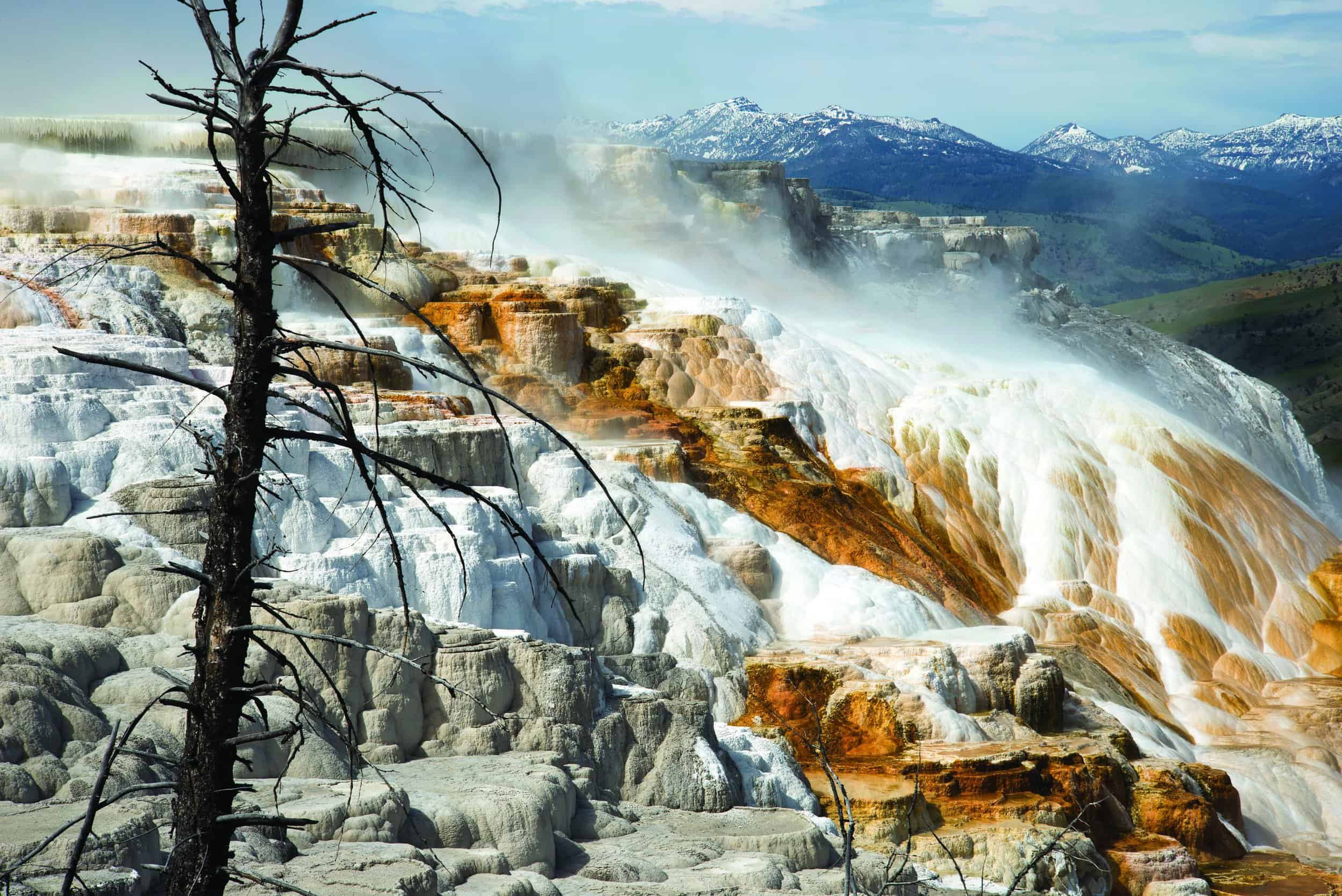Read The
Current Issue
Do Yellowstone Differently
A wonderfully random collection of some of our favorite things in and about Yellowstone National Park.
//By Dina mishev
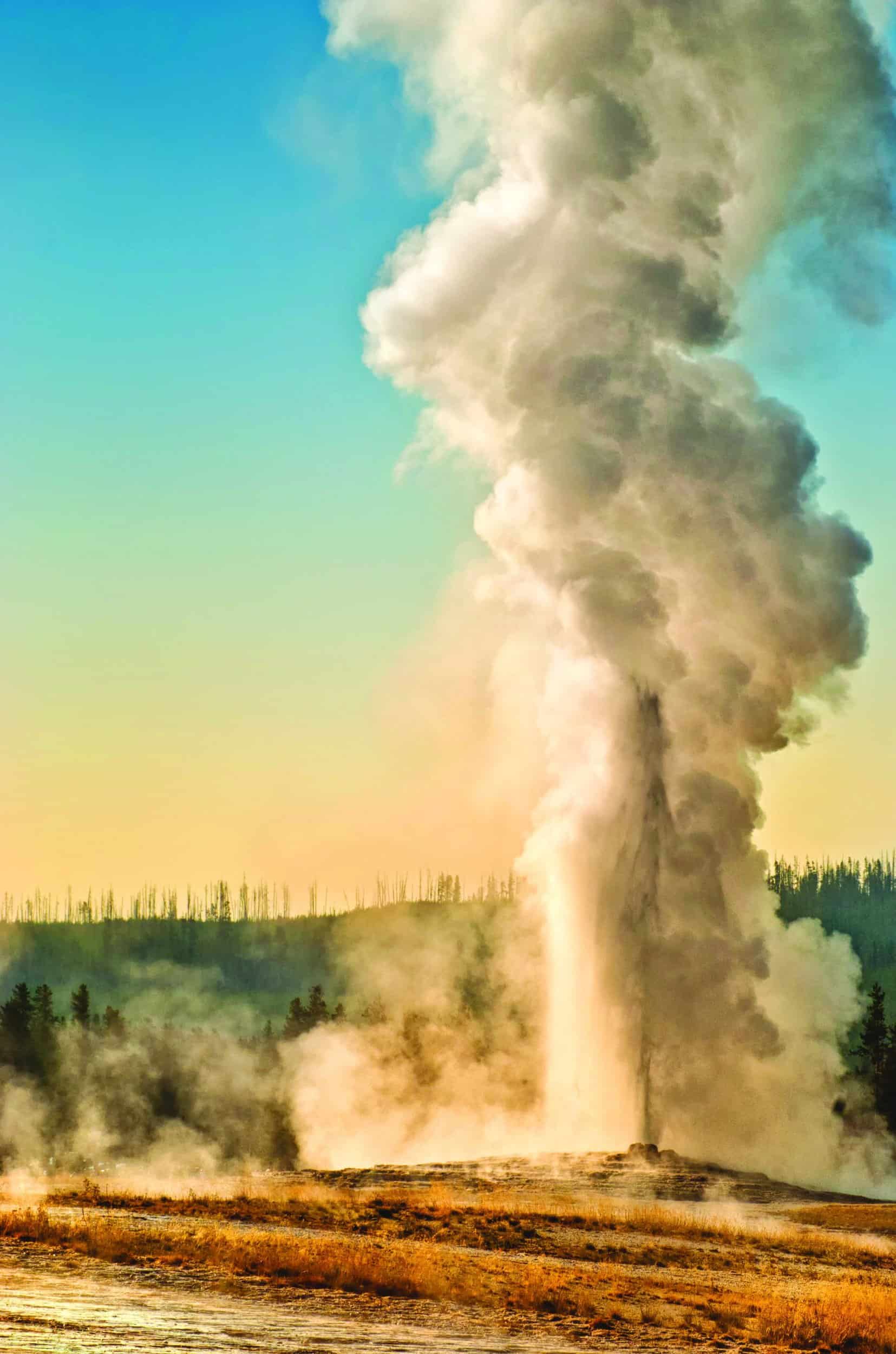
Yellowstone’s 2.2 million acres are impossible to fully explore in a lifetime, much less on a summer vacation. That written, you can get a feel for what makes Yellowstone so special in several days. Two loop drives, the Upper Loop and the Lower Loop, hit most of the park’s major sights and allow for varied wildlife-watching opportunities. The 96-mile Lower Loop explores the southern part of the park, which has a higher density of geysers and thermal features, including Old Faithful and Grand Prismatic Spring, than the northern half of the park and is also home to Yellowstone Lake, the largest lake above 7,000 feet in the country. The northern part of the park is seen via the 146-mile Upper Loop and is best known for its abundance and variety of wildlife, especially in the Lamar Valley. Away from these roads, there are about 900 miles of hiking and horseback riding trails.Enjoy!
Lodging
Photos courtesy of Yellowstone National Park Lodges Collection
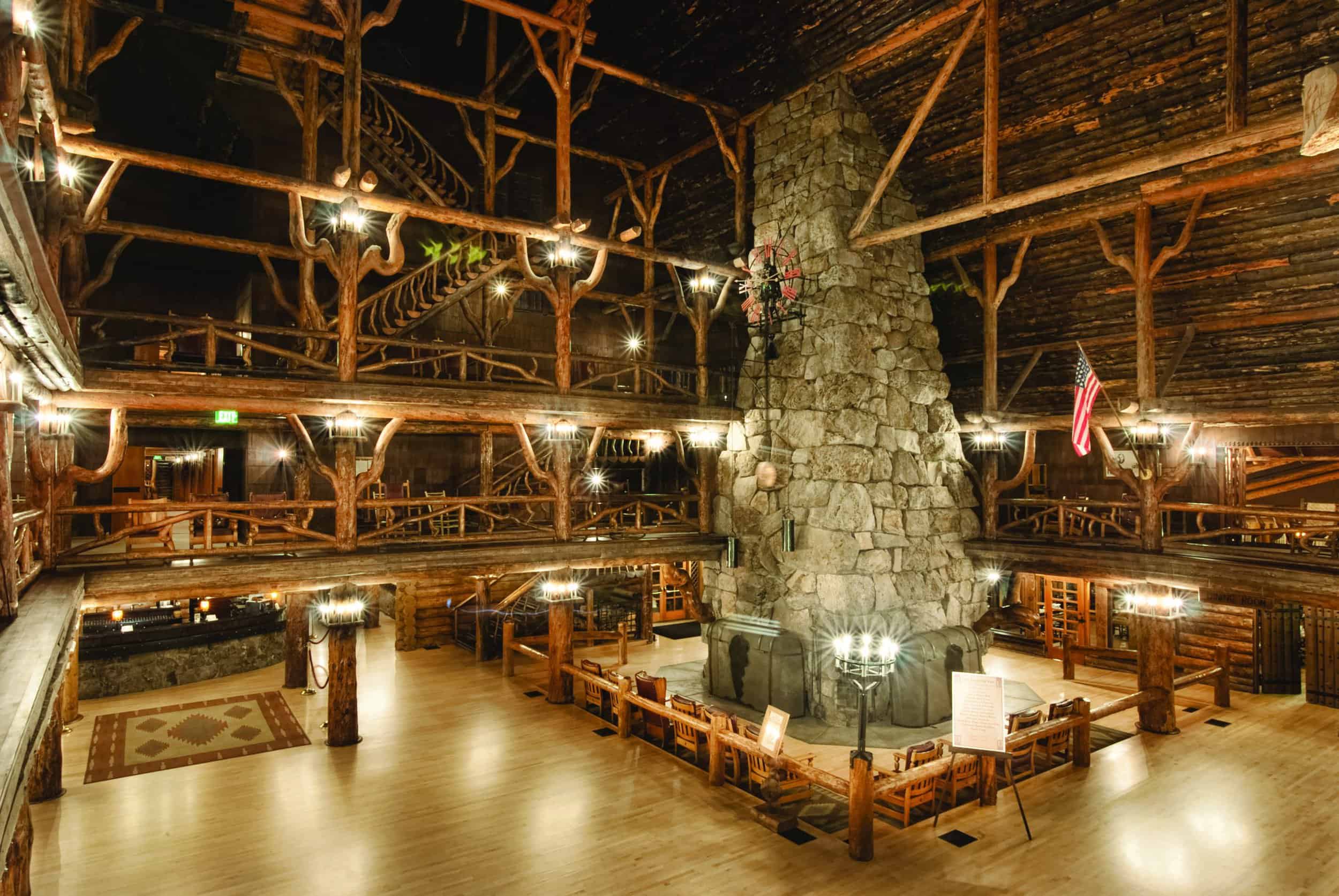
The Old Faithful Inn, one of three overnight options at Old Faithful Village, is the most popular hotel in the park. Built in 1903–1904, the inn is believed to be the largest wood structure in the world; its seven-story lobby has a fireplace and 82-foot-tall chimney made from 500 tons of rhyolite.

Lake Hotel opened in 1891, which makes it not only the oldest surviving lodge in Yellowstone, but also in any U.S. national park.
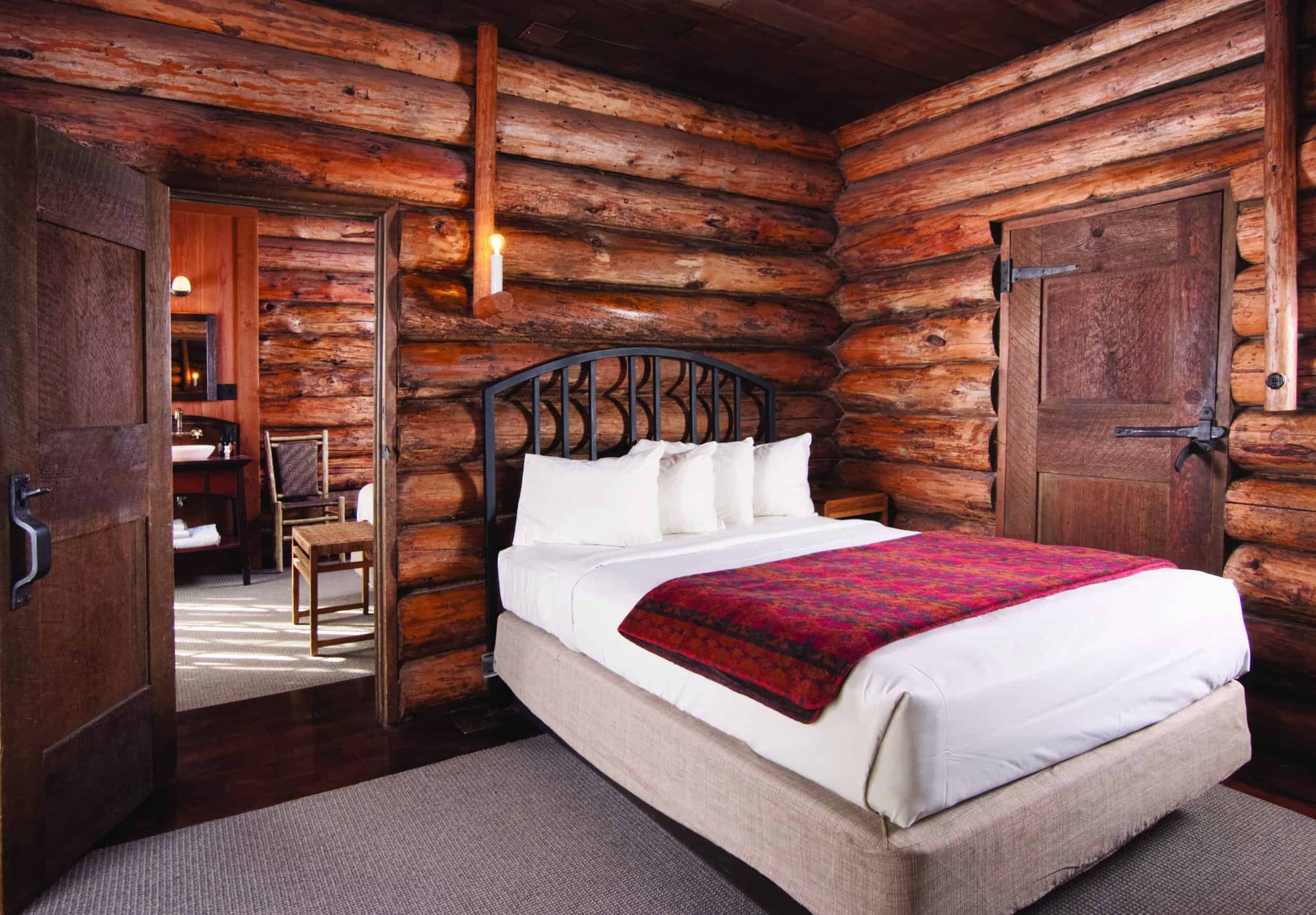
Yellowstone’s hotels, cabins, and inns book up well in advance, but it is possible to get a room in the park without having planned your trip a year ahead. Because of the cancellation policies for the park’s hotels, “Thirty days and seven days out from when you want to stay in the park are good times to check to see if rooms have opened up,” says Rick Hoeninghausen, the sales and marketing director for Yellowstone National Park Lodges. “You might get lucky.” Also, know that any hotel in the park can see the availability at every other hotel in the park. If you’re having breakfast at Mammoth, they can check to see if there’s something available at Lake, or vice versa. “While we finish most days sold out, we hardly ever start the day sold out,” Hoeninghausen says.
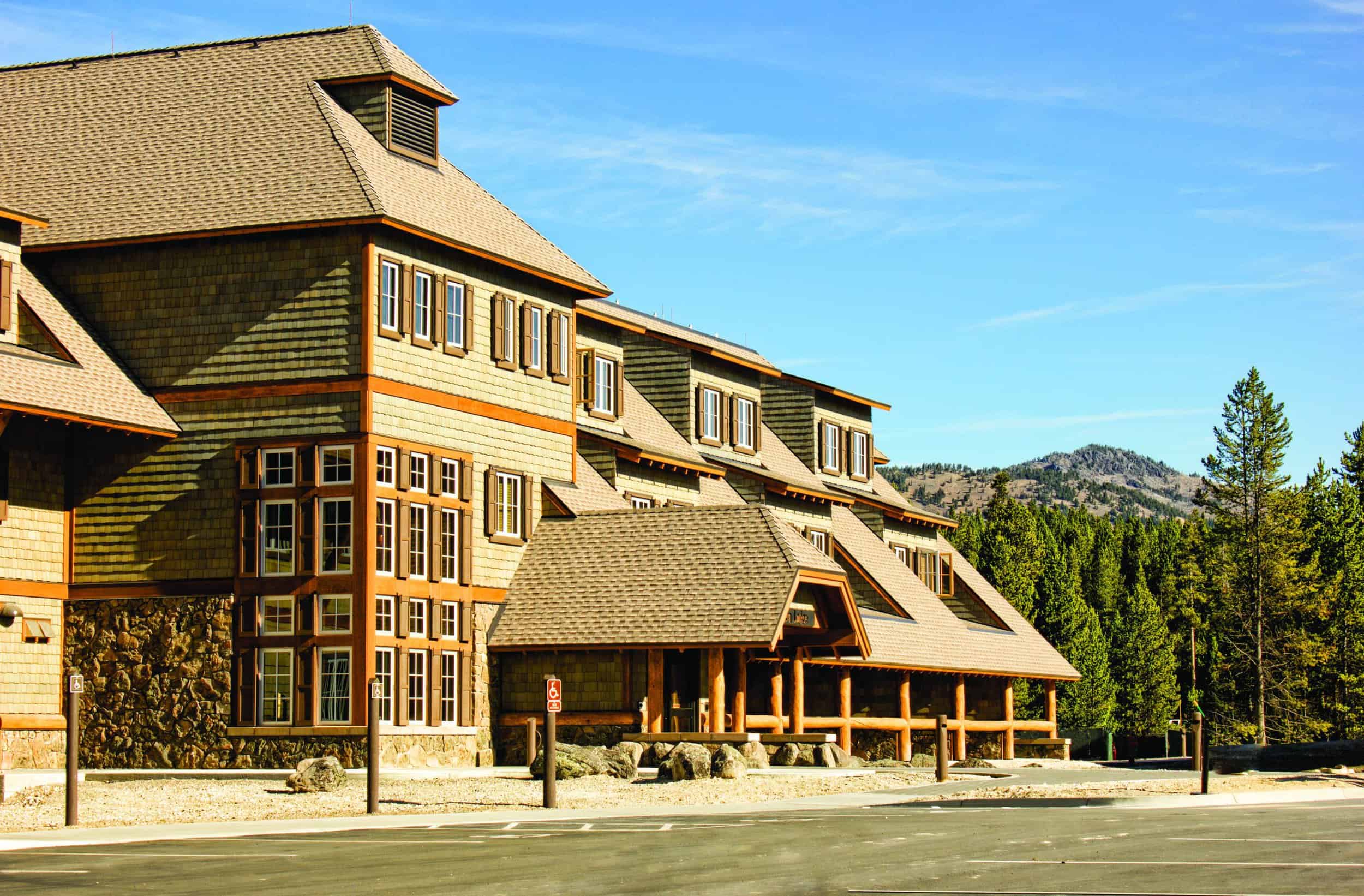
Five new hotels—all LEED certified—built in 2016 brought the total number of rooms at Canyon Villageup to 590. For visitors who want to explore the entirety of Yellowstone, Canyon Village is the most central location. “It’s where the Upper and Lower Loops meet,” Hoeninghausen says. An added benefit? The Grand Canyon of the Yellowstone is a short walk from the village.
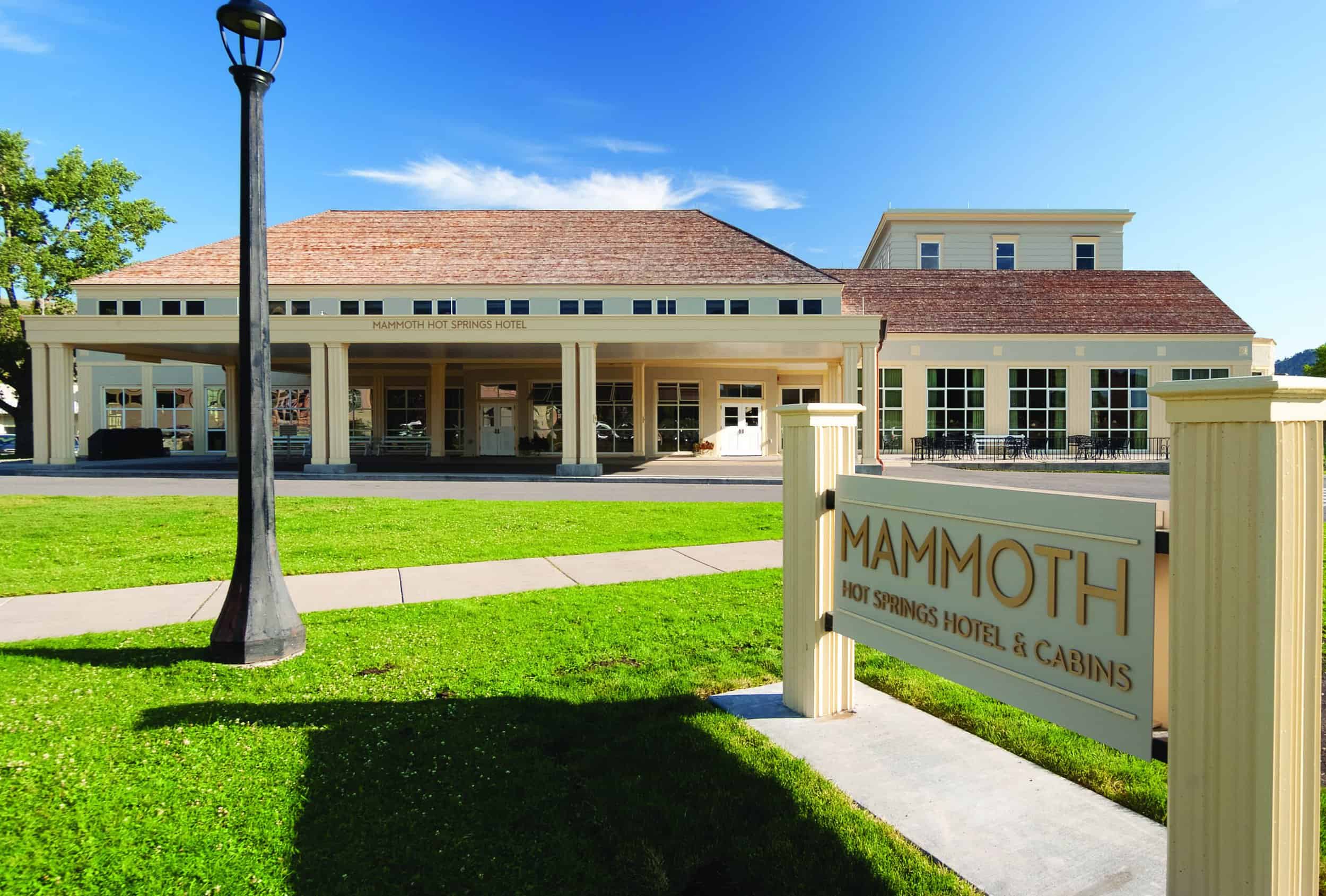
After a recently finished three-year remodel, the exposed pipes, shared bathrooms, and clanking radiators that had been hallmarks of Mammoth Hot Springs Hotel are gone, replaced with historically accurate wood finishes and larger rooms. Every room now has its own bathroom, and some of these have original clawfoot bathtubs. Mammoth is the best place to stay in the park for visitors most interested in wildlife. Most days, elk graze immediately in front of the hotel’s entrance, and the Lamar Valley, arguably the single best spot for wildlife watching in the park, is a short drive away.
Under-the-radar Experiences

Guided scenic/fishing charter boat tours allow you to explore Yellowstone Lake at your leisure. “You tell the captain what you’re interested in seeing, and doing,” says Hoeninghausen. If you opt to fish and you catch lake trout, fish cleaning is included, and many dining rooms in the park will then cook your fish for you. From $103/hour for up to six people, with a two-hour minimum, yellowstonenationalparklodges.com/adventures/water-adventures/
Two hikes that start at the Bunsen Peak Trailhead five miles south of Mammoth offer very different sights. The four-mile (out-and-back) hike to the 8,564-foot summit of Bunsen Peak offers a bird’s-eye view of the entire complex of white mineral terraces at Mammoth, the Gallatin Mountains, Yellowstone River Valley, Swan Lake Flats, and the Blacktail Deer Plateau. The hike to Osprey Falls, a 150-foot-tall waterfall, is twice as long as the hike to Bunsen’s summit. The first three miles are easy walking on the former Bunsen Peak Road; the last 1.4 miles are steep and narrow as the trail drops 800 feet down into Sheepeater Canyon. In the park, only the Grand Canyon of the Yellowstone is deeper than Sheepeater Canyon. Even if Osprey Falls wasn’t waiting for you at the end of the trail, the walk into Sheepeater Canyon is worth the effort.
Yellowstone’s southwest corner is the least-visited frontcountry area of the park because it is difficult to get to. Although only about 30 miles as the crow flies from Old Faithful, the drive is almost 100 miles and takes four hours. We think it’s worth it though. The southwest corner is known as “Cascade Corner” for its density of waterfalls, and you can drive to one of the biggest, Cave Falls, which stretches more than 200 feet across the Falls River.
Check out an Inspired by Yellowstone workshop at Mammoth Hot Springs Hotel, Lake Hotel, or Old Faithful Inn. Over several hours, meet local artists and makers including a distiller from Bozeman Spirits Distillery, Yellowstone Agate Jewelry, Native American fine artist DG House, or Tom Murphy, the first photographer to lead photo safaris in the park (he did his first photo tour in the mid-1980s). Workshop leaders also teach you how to do what they do. “The workshops are a step beyond just being a visitor to Yellowstone,” says Karen Tryman, Yellowstone National Park Lodges’ director of retail. “There is something about Yellowstone that is transformative, and this is a way to help people experience it through that lens.” From $35, yellowstonenationalparklodges.com/workshops/
“As hard as it is to get a cabin at Roosevelt Lodge, it’s harder to get a rocking chair,” jokes Hoeninghausen, who, in 1987 was the manager at Roosevelt. The rocking chairs he refers to are those on the covered front porch of the main lodge, which was built in 1920. “Rocking on the front porch of Roosevelt with a cocktail and looking out on the Lamar Valley and maybe seeing some wildlife—that’s classic Yellowstone,” he says. Roosevelt is the smallest property in the park, with only 80 cabins, and is pretty much full all summer. But you don’t need to be a lodge guest to eat at its dining room or enjoy the front porch rockers, both of which are first-come, first-served. “People will drive to Roosevelt from Gardiner, Montana, just to have dinner,” Hoeninghausen says. “It’s that good.” The lodge is known for its ribs and baked beans. yellowstonenationalparklodges.com/restaurant/roosevelt-lodge-dining-room/
Yellowstone once had 98 1936 Model 706 touring buses from the White Motor Company. Eight of them, refurbished to the tune of about $250,000 each, are still around and used for tours today. Their roll-back canvas tops make them ideal for wildlife watching and photography tours, and it is possible for private groups (or families) to rent one. The driver doubles as a guide. Each holds 13 passengers; $991 for eight hours, yellowstonenationalparklodges.com/adventures/custom-guided-tours-rentals/
Until 2018, the eruptions of Steamboat Geyser, the tallest active geyser in the world, were as irregular as they were infrequent. At one point, it was 50 years between eruptions. Steamboat, which is in the Norris Geyser Basin, reactivated in 2018, though, and since then has erupted more than 150 times. Eruptions can last up to 40 minutes and shoot water 345 feet into the air.
Stagecoaches transported visitors around Yellowstone from the park’s founding in 1872 until 1917, when they were banned and cars took over the park’s roads. Not only did the transition to cars make getting around the park faster, but also safer: Two of the biggest stagecoach robberies of the twentieth century in terms of the number of people (174 and 165, respectively) and stagecoaches robbed (17 and 25) happened in Yellowstone. In 1908 a robber got away with $2,000 in cash and valuables. In 1914, a robber stole almost $1,000 in cash and jewelry. The 1908 robber was never caught; the 1914 robber was. The last stagecoach robbery in the park was in 1915.
Fun Facts
While many movies and series have been set in Yellowstone, very few have actually been filmed in the park. The 1979 movie Star Trek: The Motion Picture was the third feature to be filmed in Yellowstone, but it was definitely not set in the park. Minerva Terrace in the Mammoth Springs area was used as a stand in for the planet Vulcan.
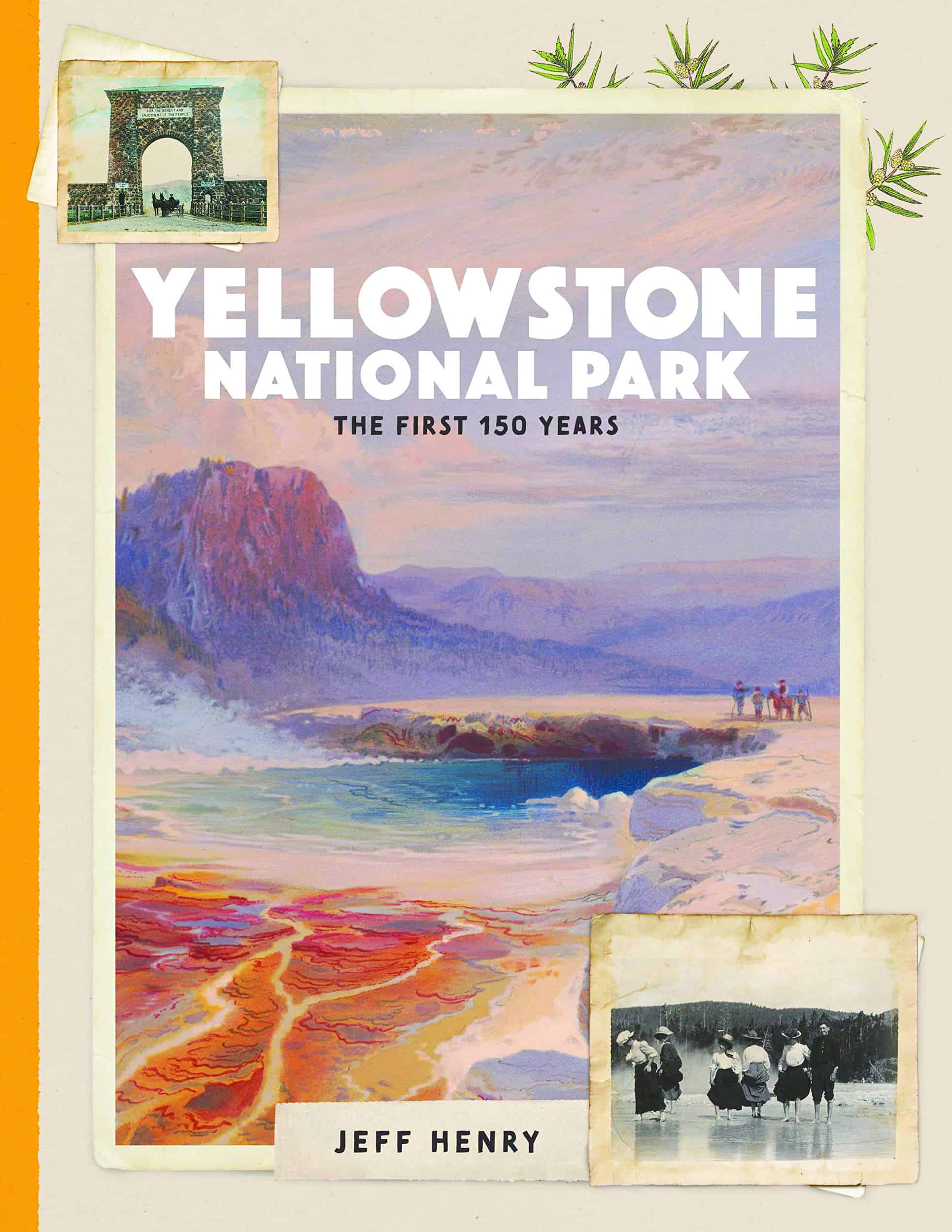
Jeff Henry’s Newest book is our favorite book about yellowstone
Starting with Yellowstone’s rocks, some of which are two-thirds as old as the Earth itself, and coming up to the present, including a chapter on the park’s first human inhabitants (Native Americans thrived in the area for 13,000 years before European explorers showed up), author and photographer Jeff Henry presents as complete a look at Yellowstone National Park as is possible in a single volume in his latest book, Yellowstone National Park: The First 150 Years. “It is hoped that [this book] may succeed in inspiring you to further investigate the park’s storied past and fascinating present,” Henry writes in the book’s introduction. It did for us. $39.95

